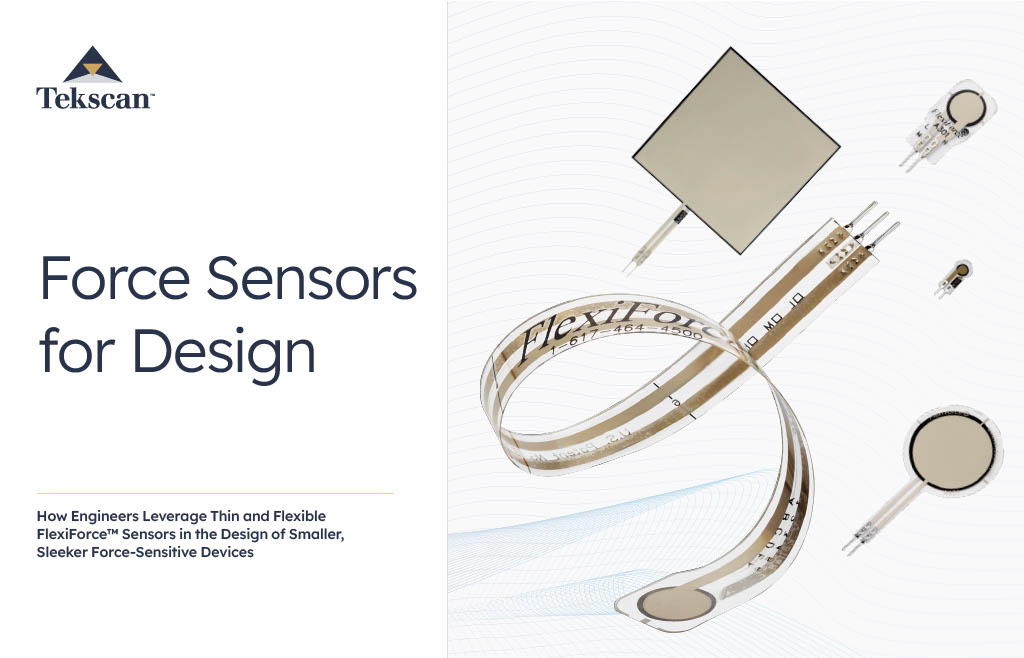How to Protect Flexible Force Sensors from Shear Force
Ultra-thin force sensors - like FlexiForceTM sensors - are a useful embedded component for integration into smart, force-sensitive devices. Their thin and flexible properties allow the ability to fit into tight spaces within a design.
However, depending on the expectations of your application, you may need to account for methods to protect the sensor from shear force in order to prolong its service life. Here are some suggestions:
1) Consider Methods to Ensure Even Loading of the Sensor
The most effective way to ensure even loading of your force sensor is with a load concentrator, or “puck.” Adhering different ridged materials to the sensor’s sensing region, like neoprene, polycarbonate, delrin, and stainless steel have shown to be effective methods for concentrating a force load.
In general, we recommend following a “100-70” rule, where 100% of the force concentrated within the sensing area, and that 70-85% of the sensing area is loaded with the load concentrator.
Not only does this help lead to more repeatable force measurements, but it also protects the sensor if the position of the force applicator or actuator changes over time.
We offer Load Concentrators for purchase on our online store, too.
2) Design with Shear Force in Mind
Engineers considering incorporating flexible force sensors into their designs are wise to plan ahead to avoid shear force. Shear force is any non-normal loading that will make contact with force sensor’s sensing area. Too much shear force may cause the sensor to lose sensitivity over time.
Here again, integrating your sensor with a load concentrator will go a long way in reducing the effect of shear from non-normal loads.
However, extra measures may be required if your application uses compliant interfacing materials. These materials can deform or slide, which can cause shear to the sensor.
To manage this, consider adhering or fastening a solid protective material to decouple shear and transmit normal forces to the sensor.
3) Use Reliable Mounting Materials to Adhere Sensors to Your Design
We highly recommend using double-sided tape to adhere force sensors. Not only does this allow for a flat surface, but it is a generally low-cost solution for mass production.
However, you should always avoid hard-setting epoxies or sprays, since they can introduce unwanted pressure points that can disrupt force transmissions.
Here’s a Short Video Demonstrating these Recommendations
Are You Seeking Force Sensors for Your Device or Product Design?
|
Our eBook “Force Sensors for Design” shares important guidelines for selecting force sensors and suppliers, including testimonies from real FlexiForce sensor customers. Fill out this form for immediate access to this free eBook. |
 |
Previous Post: | Next Post: |
